Tenant move out letter template
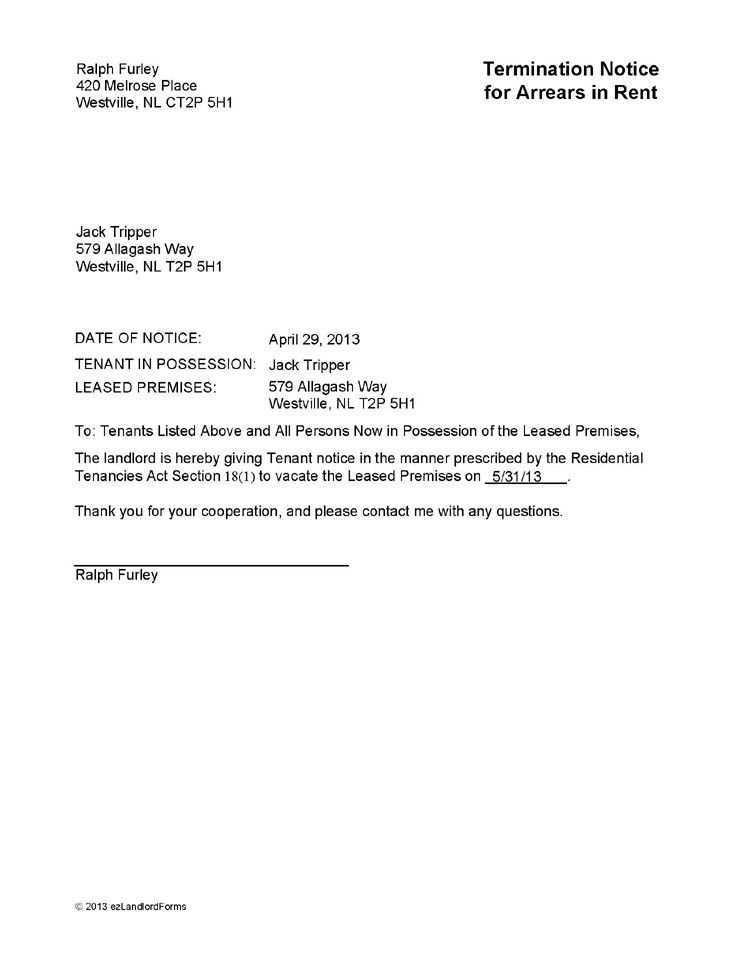
Begin with a direct statement that confirms the tenant’s intention to vacate the property. Include the exact date the tenant will be moving out. Be specific and clear to avoid any misunderstandings.
Example: “This letter serves as formal notification that I, [Tenant’s Full Name], will be vacating the rental property located at [Property Address] on [Move-Out Date].” This provides the necessary information for the landlord or property manager to prepare for the tenant’s departure.
Next, remind the tenant of their responsibilities regarding the property’s condition. Refer to any specific terms in the lease agreement that apply to the move-out process. Be concise and polite to ensure clarity.
Example: “I will ensure that the property is left in good condition, as stipulated in the lease agreement. I will complete all necessary cleaning and repairs before the move-out date to meet the expectations outlined in our contract.”
Lastly, request information regarding the return of the security deposit. It’s helpful to mention how and when the final inspection will occur, along with the timeline for the deposit return.
Example: “Please let me know the process for the final property inspection and the expected timeline for the return of my security deposit. I can be reached at [Phone Number] or [Email Address] if you need to discuss any details.” This ensures that the tenant understands the expectations for the return of their funds and provides a means of contact for follow-up.
Sure, here’s a version with reduced repetition:
Keep your letter to the point by focusing on key details. Avoid restating the same information more than once. Make sure to mention the move-out date, property condition, and any steps the tenant needs to take, such as returning keys or completing cleaning tasks.
Key Points to Include:
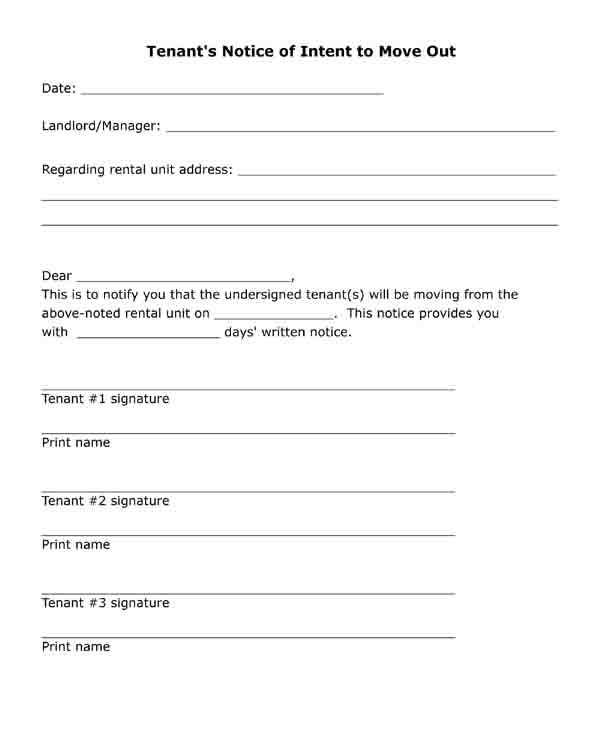
- Tenant’s full name and address
- Specific move-out date
- Details about property inspection or condition
- Instructions for returning keys and other property-related items
- Information about the security deposit, if applicable
By keeping these points clear and concise, you help ensure the letter serves its purpose without unnecessary repetition.
- Tenant Move Out Letter Template
When writing a tenant move out letter, ensure that you clearly outline the key details. Start with the date of the letter and the tenant’s name and address. This establishes a formal record of the communication. Then, mention the intent of the letter, specifically that the tenant is vacating the property, and provide the move-out date.
Move Out Details
Include the tenant’s forwarding address for any future correspondence or security deposit returns. This helps streamline communication and ensures there’s no confusion about where to send important documents.
Inspection and Condition of the Property
Clarify any expectations regarding property condition. Request the tenant to return the keys and provide a list of any damage or necessary repairs that need attention before their departure. This allows for smoother transition and less chance of disputes.
End the letter by thanking the tenant for their time in the rental, wishing them well, and including your contact information for any final steps or questions.
List the move-out date clearly, specifying the exact day the tenant is expected to vacate the property. This helps prevent misunderstandings about the timeline.
Include a request for the tenant to return all keys, garage openers, or other access devices to the property. Be specific about what needs to be handed over to ensure no items are missed.
Provide instructions for cleaning and property condition. This section should detail the expectations for the tenant to leave the property in good shape, including cleaning requirements and any damages that need to be addressed.
Clearly state where the tenant can send the keys and any other items, as well as the preferred method of communication for updates or issues before the move-out date.
Indicate the process for the final inspection, whether it’s done by the landlord or a representative. Mention the date and time of the inspection, and if any additional steps will be taken afterward, such as deducting repair costs from the security deposit.
Specify the forwarding address for the return of the security deposit or any outstanding refunds. If you’re keeping any part of the deposit, explain the deductions made.
Provide a friendly reminder that the tenant should notify utility companies and update their address for any mail forwarding purposes. This ensures there are no loose ends regarding services.
Begin by addressing the letter directly to the landlord or property manager. Use their full name, if known, for a more formal tone. If you are unsure of the specific person handling the property, use a general greeting such as “Dear Property Manager” or “Dear [Building Name] Management Team.”
Include the Correct Title
Always use the correct title for the recipient. For instance, if addressing a landlord, use “Mr.” or “Ms.” followed by their last name. For a property manager, use their full name and title, such as “Property Manager” or “Leasing Agent.” This ensures clarity and professionalism in the letter.
Check for Accuracy
Before sending, double-check that the name and title are accurate. If you’re unsure about how to address someone, verify the contact details with your leasing office or the property management company. This will help avoid any errors in communication and maintain a respectful tone.
Send the notification at least 30 days before the move-out date to ensure proper time for preparation. This gives the tenant enough time to plan, while also complying with most lease agreements. A written notice is the most reliable method, as it provides clear documentation of communication.
Clarity and Specificity
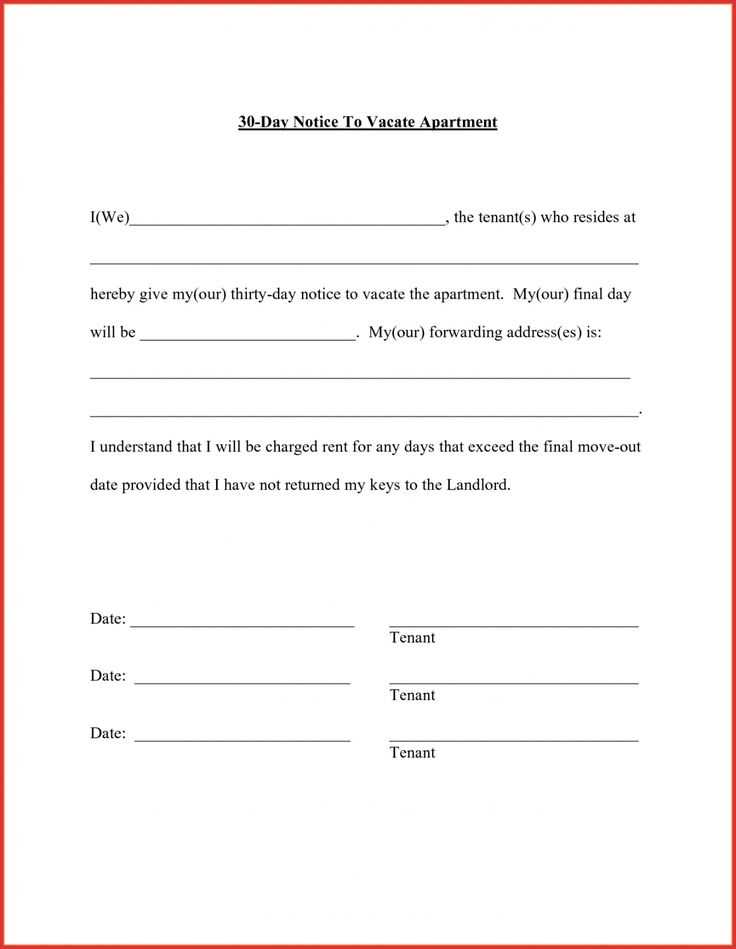
Clearly state the exact move-out date. Avoid vague terms like “soon” or “later.” Specify the day and time when the tenant should vacate the property, especially if there are time restrictions in place. This ensures both parties are on the same page and prevents any misunderstandings.
Delivery Method
Deliver the notice via certified mail, email, or in person. Certified mail provides proof that the tenant received the letter, while email is a fast alternative for tenants who may not check physical mail frequently. Ensure that the notice is acknowledged, either through signature or email confirmation.
Return all keys, garage openers, and access cards to avoid any confusion. Ensure that all keys to the main entrance, mailbox, and any additional locks are included. Double-check for any spare keys you may have forgotten. If you have any access cards or fobs, return them along with the keys.
If you had any furniture, equipment, or appliances provided by the landlord, confirm that they are in their original locations and condition. Take the time to remove any personal belongings from common areas and storage spaces. Clean up any minor debris or trash to leave the property in good shape.
If you’re unsure about returning an item, reach out to the landlord for clarification. Keep a record of what you’ve returned, including photographs if necessary, to avoid disputes. Hand over everything personally or through a trusted representative if you can’t make it in person.
Clearly state your intention to receive the full refund of your security deposit in the opening paragraph. Be specific about the amount and reference any agreements or laws that apply to the return process.
Steps to Take
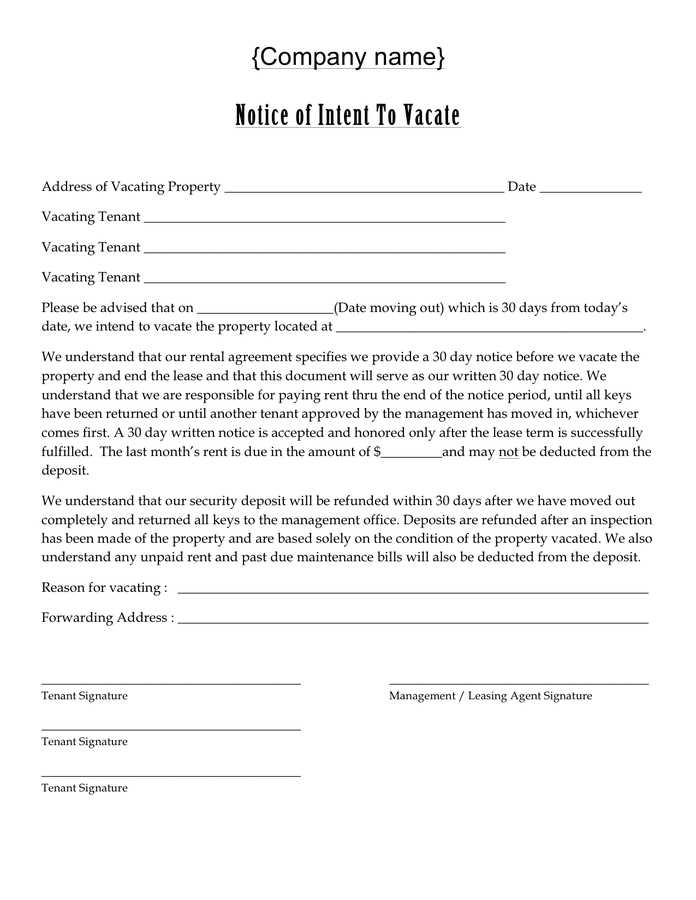
- Start with a polite but direct request for the deposit return.
- Provide the exact date of your move-out and the address of the rental property.
- Reconfirm that the apartment was left in good condition, ensuring no damages or required repairs were left unresolved.
- If applicable, include a forwarding address where the deposit should be sent.
- Refer to any terms in the lease agreement that specify the timeline for deposit return.
Finalizing the Request
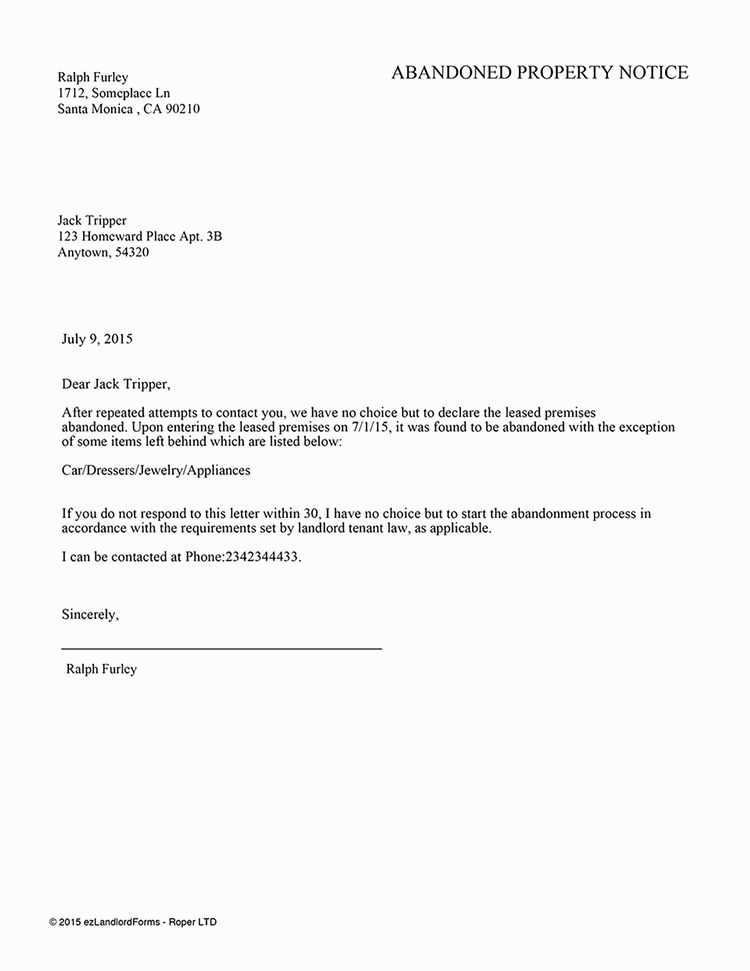
- State your expectation for the return of the deposit within the legally required time frame.
- If necessary, mention the method of payment you prefer for the return (e.g., check, bank transfer).
- End the letter by expressing gratitude for the landlord’s cooperation and requesting confirmation of receipt of the letter.
Clearly address any damage to the property and set expectations for the final inspection in the move-out letter. Specify the timeline for the inspection, typically within 1-2 days after the tenant vacates, and outline the process for evaluating the condition of the property. Mention any agreed-upon terms for damage assessment and how it will affect the security deposit refund.
If there are damages, provide a detailed description of what will be checked and include photos if necessary. It’s important to specify that normal wear and tear will not be deducted from the deposit, while damages beyond that will be considered for deduction. This ensures that both parties have a clear understanding of what is acceptable and what isn’t.
| Damage Type | Responsibility | Deposit Deduction |
|---|---|---|
| Broken windows | Tenant | Yes |
| Carpet stains | Tenant | Yes |
| Normal wear and tear | None | No |
Finally, encourage tenants to attend the final inspection to resolve any issues immediately. If this is not possible, let them know that they can request a video or photo report of the inspection. Always include a specific deadline for returning the property in good condition to avoid delays in processing the security deposit refund.
Clear Expectations for Cleaning and Property Condition
When drafting a tenant move-out letter, specify the expected condition of the property. Clearly outline the areas that need attention, such as floors, walls, windows, and appliances. Provide a checklist if necessary, detailing specific cleaning tasks like removing stains, vacuuming carpets, and wiping down surfaces. This reduces misunderstandings and ensures the tenant knows exactly what is required to get their deposit back.